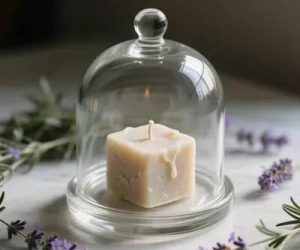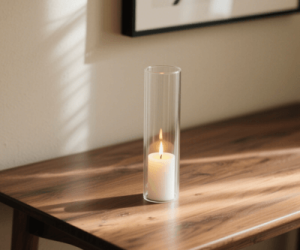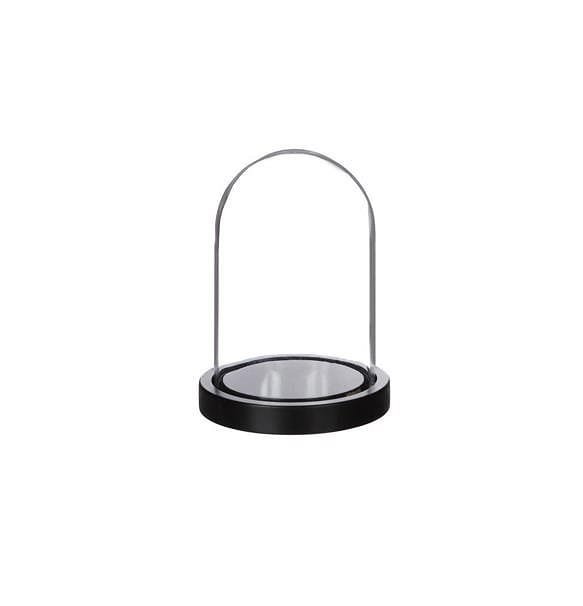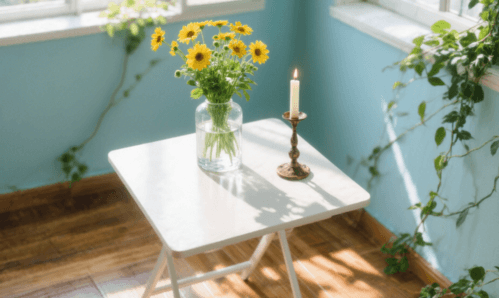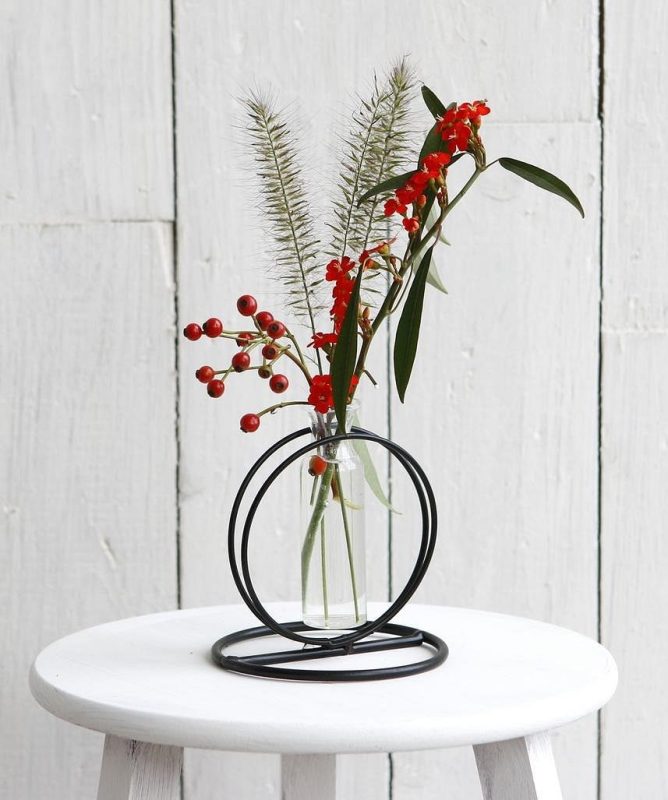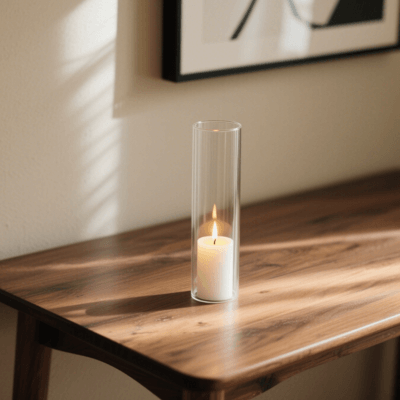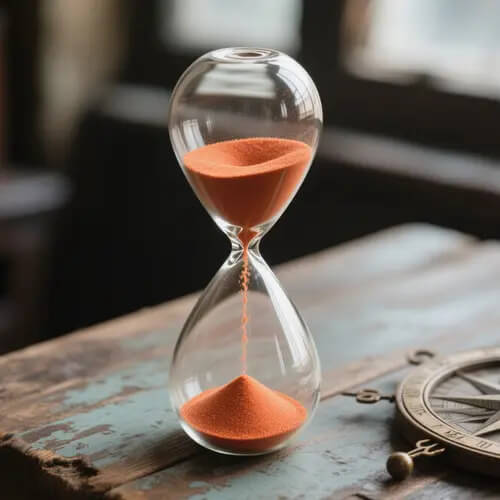The Art of Glassblowing: Crafting Terrariums and Glass Vases

Introduction to Glassblowing
Glassblowing is an ancient craft that dates back over two thousand years, having its origins in the regions surrounding the Roman Empire. Initially developed in Syria and later refined in places like Venice, this technique of glassmaking has evolved into a significant art form. The process involves inflating molten glass through a blowpipe, allowing artisans to manipulate the material into various shapes and designs. This versatility is what makes glassblowing a favored method for creating both functional and decorative items, including terrariums and decorative vases.
The principles of glassmaking are rooted in understanding the properties of glass at different temperatures. Glass transitions from a solid to a liquid state when heated to approximately 1,700 degrees Fahrenheit. At this molten stage, it becomes possible to shape and form the glass into delicate structures. Once the glass has cooled, it returns to its solid state, retaining the form created during the blowing process. The manipulation of the glass requires not only an understanding of temperature control but also a creative vision, as artists work to create unique designs that may feature intricate patterns and colors.
Essential to the process are the various tools used by glassblowers, including blowpipes, punty rods, and color additives. Each instrument plays a vital role in shaping the molten glass, as artisans may add colors and textures to enhance their creations further. The techniques involved in glassblowing also vary, enabling artists to explore different forms and styles. From traditional vases to modern terrariums, the creativity offered by this medium is immense, making glassblowing an exciting field that combines artistry, craftsmanship, and science. As the craft continues to evolve, new technologies and materials contribute to the richness of glassblowing, fostering limitless possibilities for artistic expression.
The Process of Crafting Terrariums
Creating glass terrariums through the art of glassblowing is a multifaceted process that requires careful attention to detail at each stage. The first step entails the selection of appropriate materials. The primary ingredient is silica, which is combined with various elements to achieve the desired color and clarity. Various additives, such as soda ash and lime, are often used to enhance the glass’s properties, facilitating its melting and shaping process.
Once the materials are chosen, the preparation of the glass begins. This involves heating the raw materials in a furnace to reach a temperature of approximately 1,700 degrees Fahrenheit. At this point, the molten glass becomes pliable, allowing artisans to manipulate it into the desired shapes. A blowpipe is then employed to gather a small amount of molten glass, and through careful blowing and shaping, the glass artisan begins to form the initial structure of the terrarium.
The specific techniques involved in shaping the glass can vary significantly. One common method used is the marvering technique, where the glass is rolled on a smooth surface, allowing for precise control. Another technique is the use of molds, which can help define the terrarium’s shape. As the artist works, they may incorporate decorative elements, such as colored glass shards or inclusions, to enhance the visual appeal of the final piece.
In addition to the glass components, incorporating living plants necessitates thoughtful consideration of the terrarium’s design. Selecting suitable plants that thrive in a closed ecosystem is essential. Additionally, the arrangement should allow for adequate light and airflow to ensure the health of the plants. Ultimately, the goal is to create a harmonious balance between artistry and functionality, yielding a beautiful terrarium that showcases both the craftsmanship of glassblowing and the natural beauty of the plants it houses.
Designing Decorative Vases
Decorative vases represent a fascinating intersection of art and function, serving not only as containers for flora but as intrinsic components of interior design. The design process for crafting these glass pieces begins with a careful consideration of shape, color, and texture. Each of these elements plays a significant role in the final aesthetic of the vase and can greatly influence the viewer’s perception. For instance, a tall, slender vase can create an elegant atmosphere, while a short, round vessel may evoke warmth and comfort.
The choice of color in glassblowing is particularly important, as it can dramatically affect the mood and style of the vase. Vibrant colors may evoke a sense of joy and exuberance, while muted tones are often associated with tranquility and sophistication. Glassblowers can experiment with layering colors or incorporating iridescent finishes to give their vases a unique flair. Additionally, incorporating texture through various techniques such as etching or polishing can enhance the tactile experience of the piece and add visual interest.
Achieving visual coherence is essential in vase design. Employing design principles such as balance, proportion, and harmony ensures the vase integrates smoothly into its intended environment. Popular styles, such as minimalism, art deco, or bohemian, offer inspiration but should be interpreted with personal flair. Incorporating current trends, such as asymmetry or organic forms, can also help the artist remain relevant in an evolving market.
Experimentation is key in the glassblowing process. Artists are encouraged to push boundaries, experimenting with different techniques, finishes, and fusions of materials. This openness to innovation often results in one-of-a-kind pieces that reflect the artist’s vision and craftsmanship. Through a thoughtful design approach, decorative vases can transcend mere functionality, becoming remarkable pieces of art that resonate in any space.
Caring for Glass Creations
Proper care and maintenance are essential for preserving the beauty and longevity of glass creations, such as terrariums and decorative vases. Cleaning these delicate items is crucial to prevent the buildup of dust and grime that can diminish their appearance. For routine cleaning, a soft, lint-free cloth or microfiber cloth is recommended. This will effectively remove dust without causing scratches on the surface. For more thorough cleaning, particularly for vases that may have water residue, a mixture of mild soap and warm water can be employed. It is important to rinse thoroughly with clean water and dry gently to avoid water marks.
To minimize the risk of damage, it is advisable to place glass creations away from high-traffic areas where they might be accidentally knocked over. Additionally, extreme temperatures should be avoided, as rapid temperature changes can lead to cracks or shattering. Finding an increasingly stable environment, free from direct sunlight, is vital as prolonged exposure can fade colors and weaken the glass structure. When displaying glass terrariums, particularly those planted with live flora, ensuring that they are not exposed to drafts or overly humid conditions will support the health of the plants while also preserving the integrity of the glass.
Enhancing the longevity of glass creations can also be achieved through thoughtful placement. Choose locations that highlight the artistry of the glass while providing sufficient support and stability. Utilize decorative stands, shelves, or cabinets designed specifically for showcasing delicate items. Using non-toxic materials for any additional decorations within the terrarium or vase will further ensure that the quality of the glass remains unblemished. In conclusion, with attentive care and appropriate environmental conditions, glass terrariums and decorative vases can remain striking centerpiece additions to any space for many years.

